Download PDF: ISPL Insight – Eye Safety
Eye injuries in the workplace are very common, with more than 840 people making a serious eye injury claim in the year from 2014–2015, according to Safe Work Australia. Our eyes are extremely delicate, and even minor eye injuries can develop into serious permanent injuries or vision loss (Victoria State Government, 2017). Prevention of most eye injuries can be achieved through the application of suitable design and engineering controls, well-established safe working procedures, appropriate eye protection and training within the workplace.
Types of eye hazards and injuries
Eyes are vulnerable to a variety of hazards including light and heat, dust, chemicals, flying objects, sharp tools and many other items used in the workplace or in the home. Your eyes can also be exposed to biological hazards including viral and bacterial infections that can be caught through the eyes.
The most prevalent types of eye injuries include scratches or cuts to the surface of the eye, punctures, impact or blunt force, foreign bodies embedded in/on the eye, chemical burns and welding flashes (Victoria State Government, 2017).
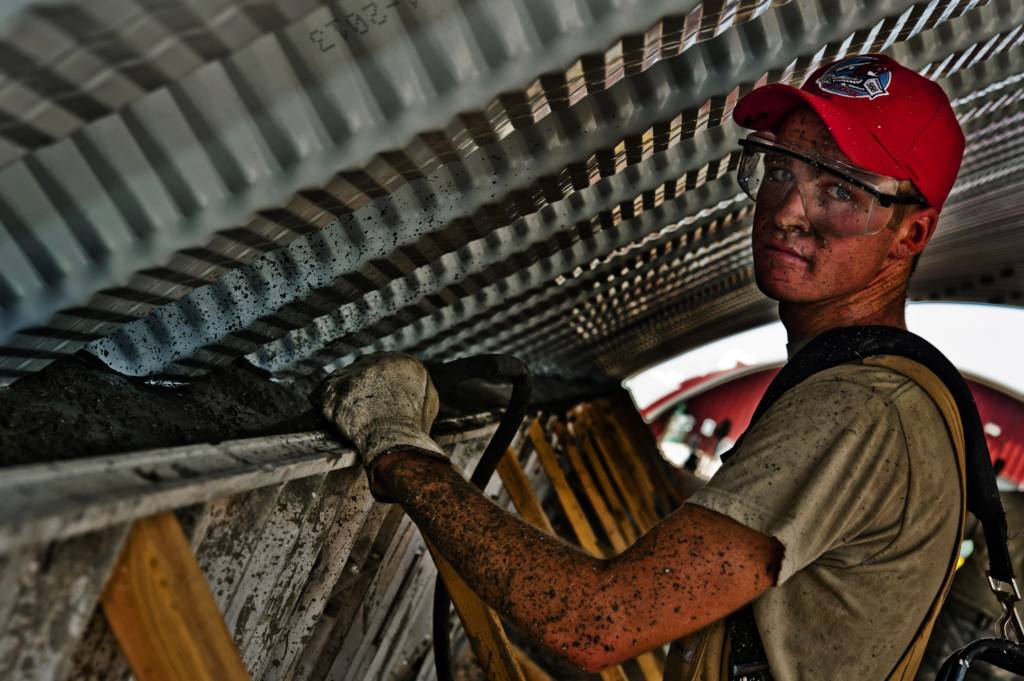
High-Risk Environments
Environments that involve the following elements pose a high risk for eye injury:
- Dusty Environments,
- Chemicals,
- Excessively bright lights,
- UV lights (or other sources of radiation),
- Compressed air,
- Sources of small particles including machines or tools that chip, chisel, cut, drill, grind, hammer, sand, smelt, spray or weld. (Victoria State Government, 2017)
Protecting Eyes
There are a number of things that you can do to ensure safety from potential eye hazards and injuries. Begin by assessing your work areas for potential risks to eye health and identify ways to eliminate, substitute or reduce the hazards.
Industrial Environment
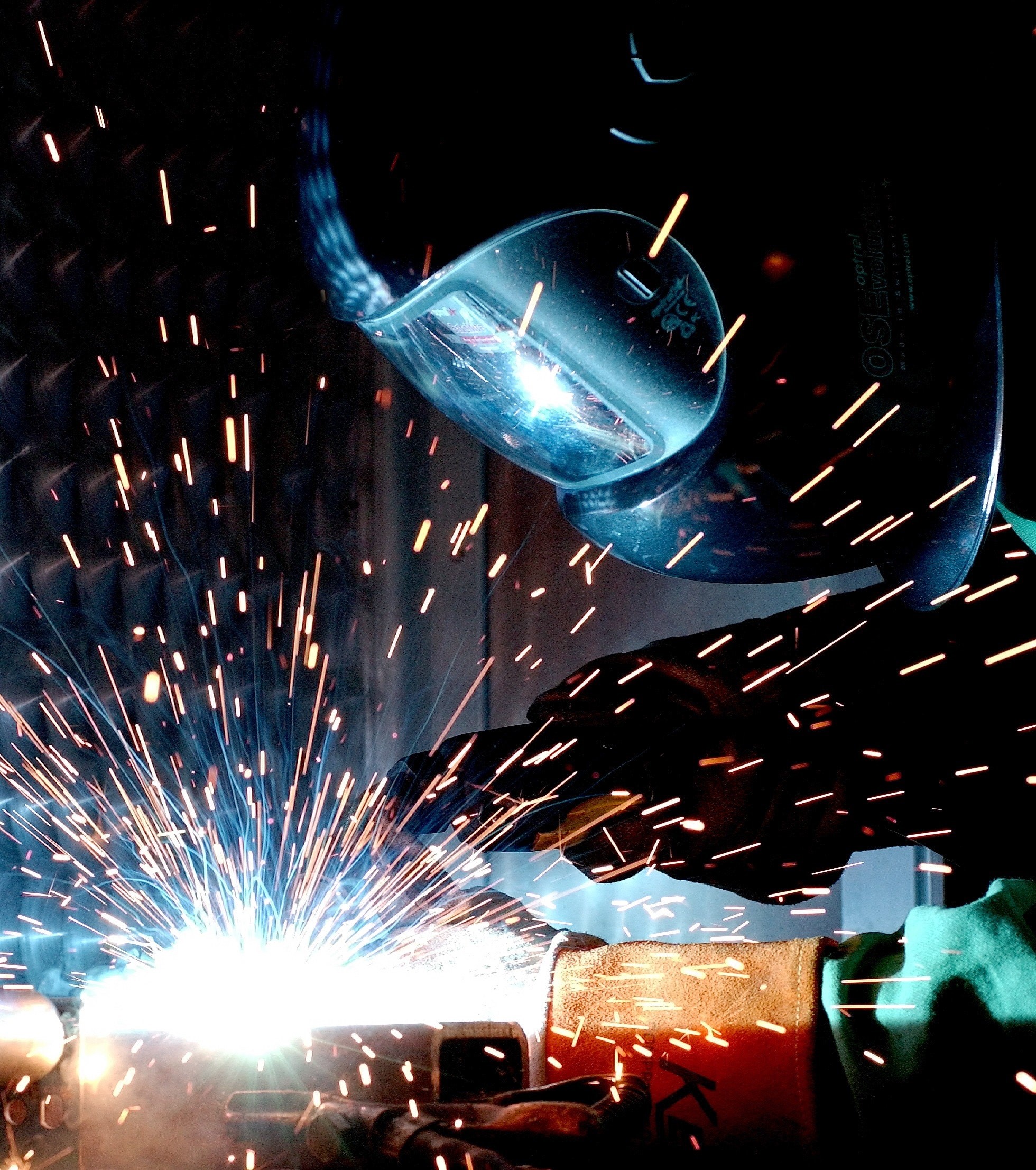 A key method to reduce eye injuries is to replace high-risk equipment and toxic chemicals with safer alternatives. . If this is not possible, move high-risk equipment to an isolated area and use safety barriers. These actions help to reduce unplanned exposure to your workmates. Maintain equipment and make sure all safety devices, including guards or shields, are in good working order. To remind people about the risk of eye injuries, it is important to ensure that work areas are signposted and that equipment that requires eye protection is clearly marked.
A key method to reduce eye injuries is to replace high-risk equipment and toxic chemicals with safer alternatives. . If this is not possible, move high-risk equipment to an isolated area and use safety barriers. These actions help to reduce unplanned exposure to your workmates. Maintain equipment and make sure all safety devices, including guards or shields, are in good working order. To remind people about the risk of eye injuries, it is important to ensure that work areas are signposted and that equipment that requires eye protection is clearly marked.
If your workspace is a dusty environment, the use of exhaust fans, dust collectors and water to dampen dust can help. It is always a good idea to read the Safety Data Sheet (SDS) that the manufacturer supplies with the hazardous substance, and comply with all instructions. Run regular safety training sessions for the workers to ensure they know how to correctly use safety equipment. As an employer, you should provide first aid equipment and incident response training to limit damage if it occurs.
Where hazards cannot be eliminated, substituted or reduced, appropriate eye protection should be provided. In addition, where there is the potential for exposure to chemicals, eye wash stations, first aid kits and safety data sheets of the chemicals stored and used in these areas should be readily available.
Office Environment
 Even an office environment can present risks to eye safety. If you look at computer screens for long periods of time you may experience eye strain. To prevent injury ensure there are no reflections or sun glare on your screen. Position the screen at a safe distance from your face and eyes, adjust the screen settings by lowering the brightness, and switch the colour spectrum toward the yellow side (i.e. away from the blue end). Appropriate lighting should also be provided for office areas.
Even an office environment can present risks to eye safety. If you look at computer screens for long periods of time you may experience eye strain. To prevent injury ensure there are no reflections or sun glare on your screen. Position the screen at a safe distance from your face and eyes, adjust the screen settings by lowering the brightness, and switch the colour spectrum toward the yellow side (i.e. away from the blue end). Appropriate lighting should also be provided for office areas.
Selecting eye protection
Eye protection is one of the main tools for protecting eyes after all other strategies have been implemented and the risk of eye injury remains. Ordinary eyewear including prescription glasses, sunglasses and contact lenses, do not provide adequate protection for your eyes in most high-risk situations (Victoria State Government, 2017).
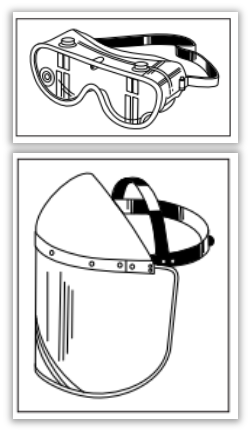 When selecting eye protection consider the nature of risk to eyes; conditions under which the person is working, the visual requirements of the task and comfort. Eye protectors include safety glasses, goggles, welding helmets, welding hand-shields, face shields and tinted safety glasses or goggles. Eye protection should comply with AS/NZS1336 and other relevant Australian Standards.
When selecting eye protection consider the nature of risk to eyes; conditions under which the person is working, the visual requirements of the task and comfort. Eye protectors include safety glasses, goggles, welding helmets, welding hand-shields, face shields and tinted safety glasses or goggles. Eye protection should comply with AS/NZS1336 and other relevant Australian Standards.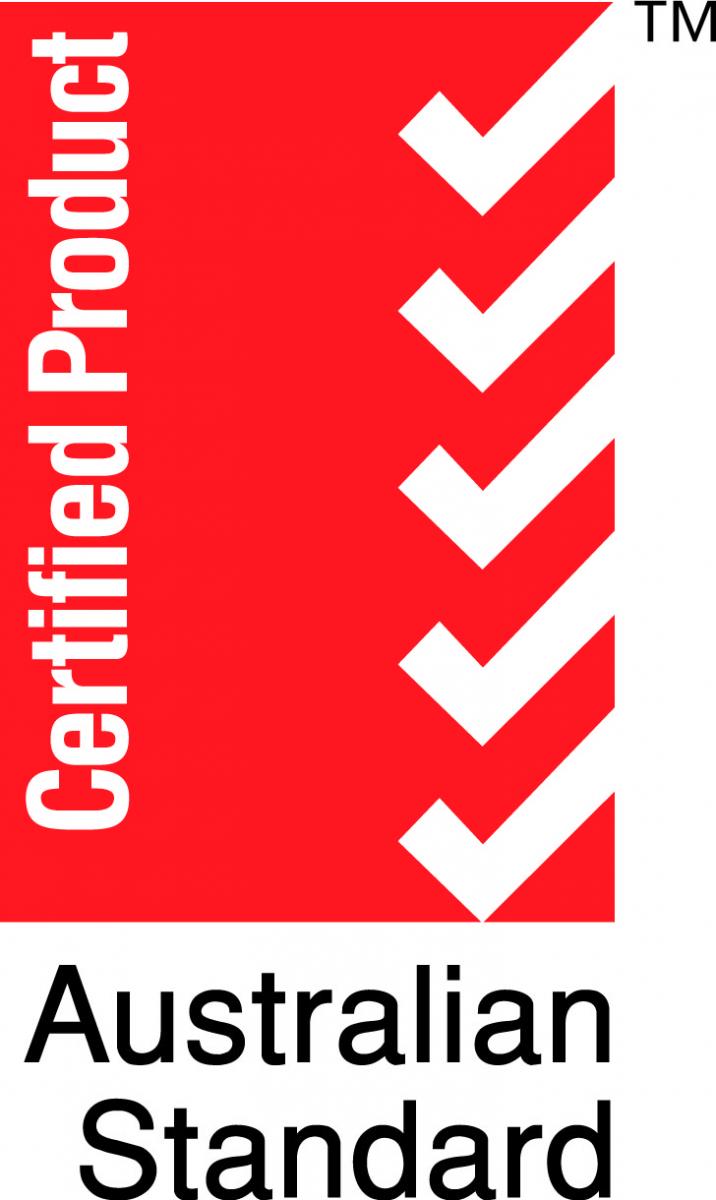
Select eye protection that is fit for purpose, we reduce the risk of injuries. For example, safety goggles are fitted tightly around the eyes providing a seal, while face shields protect the whole face thus when grinding the use of a face shield not only protects your eyes it reduces the risk of flying objects hitting your face. It is also important that eye protection fits properly for maximum benefit, if there are gap dust and other substances may still come in contact with your eyes.
Reducing the risk of eye injuries
Take charge of your eye safety by asking your employer to provide eye protection where risks are present, and wearing eye protection where it has been provided is critical to preventing eye injuries.
Employers can reduce risks of eye injuries by providing appropriate eye protection for employees, enforcing the use of eye protection, training employees on how to select and use eye protection and how to properly operate equipment or tools to reduce exposure.
If you need help with eye safety requirements, contact your supervisor, manager, HSE Coordinator or elected occupational health and safety (OH&S) representative. Your optometrist may also assist you in selecting the appropriate eye protection for your eyes.
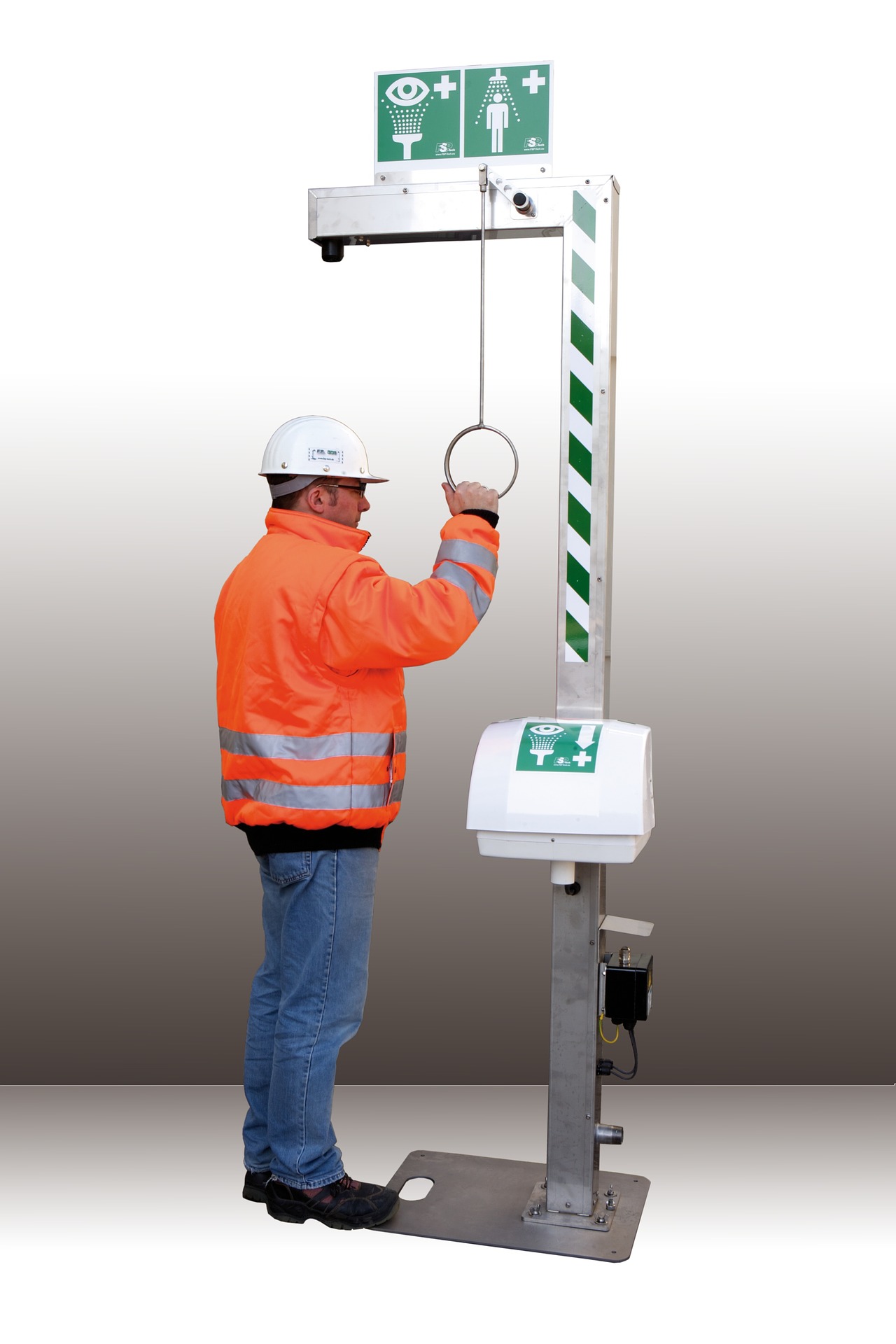 References
References
National Occupational Health and Safety Commission. (1989, 12). Prevention of Eye Damage. Retrieved from Safe Work Australia: https://www.safeworkaustralia.gov.au/system/files/documents/1702/preventionofeyedamage_1989_archivepdf.pdf
Victoria State Government. (2017, 06). Eye safety at work. Retrieved from BetterHealth Channel: https://www.betterhealth.vic.gov.au/health/healthyliving/eye-safety-at-work

